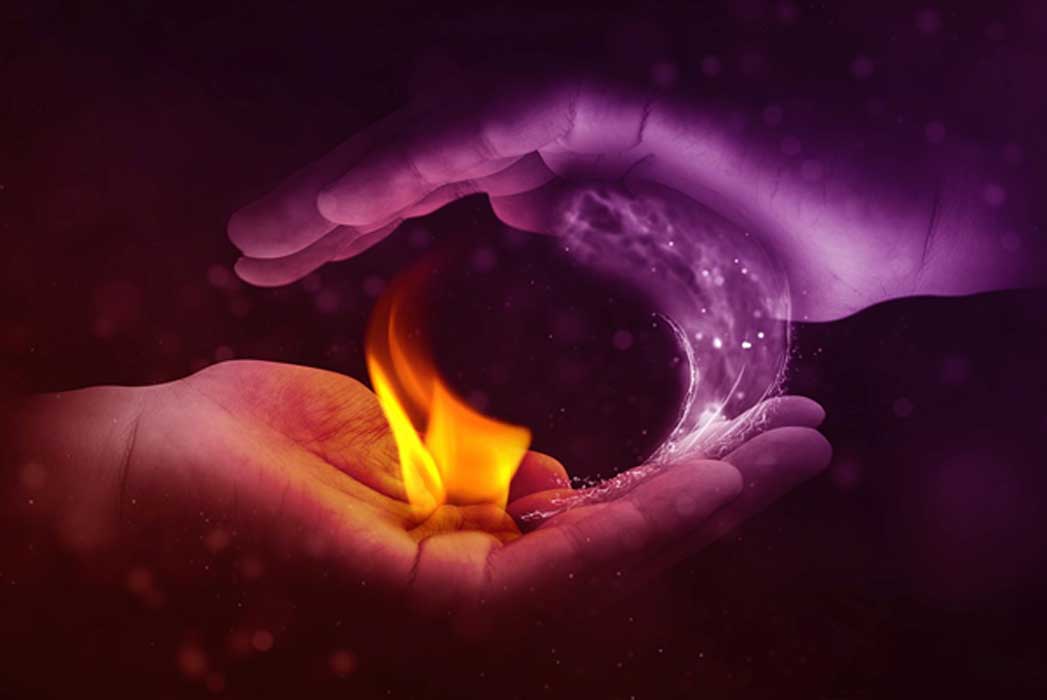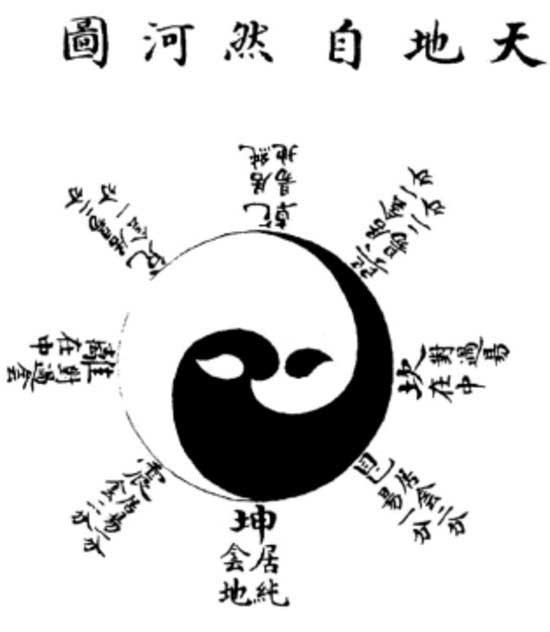
The Relationship that Started it All and Changed the World: The Yin Yang & Diagram of the Supreme Ultimate
Chinese mythology and cosmology rest on the concept that the universe is shaped and maintained by two fundamental forces called yin and yang. They are opposite yet complementary forces that interact to form a dynamic system where the whole is greater than the assembled parts.
Yin represents the feminine, black, dark, north, passive, the moon goddess Changxi, earth, cold and softness—providing spirit to all things. Yin may also be represented by water, which symbolizes transformation, the tiger, the color orange, and a broken line in the trigrams of the I Ching (“Book of Changes”).

One of the symbols of the I Ching, trigrams with broken and unbroken lines. (BenduKiwi/CC BY-SA 3.0)
Yang is masculine, white, light, south, active, the sun god Xihe, heaven, warmth and hardness—providing form to all things. Yang may also be represented by fire, which symbolizes creativity, the dragon, the color blue, and a solid line trigram of the I Ching.
The principle of yin and yang is represented in Taoism by the Taijitu (“Diagram of the Supreme Ultimate”) which was first introduced by Song Dynasty philosopher Zhou Duni (1017–1073 CE).

18th-century representation of the taijitu of Zhao Huiqian (1370s) (Public Domain)
However, designs similar to the Taijitu have also been a standard ornamental motif in Iron-Age Celtic culture by the third century BCE, as well as in Etruscan art. This same principle also became the basis of many others representing these principles, such as the swastika— which is common to Hinduism, Buddhism, and Jainism.





